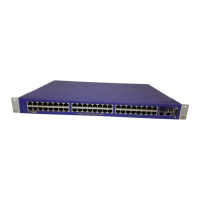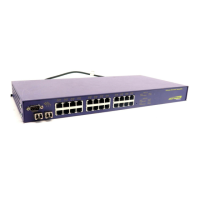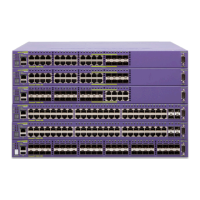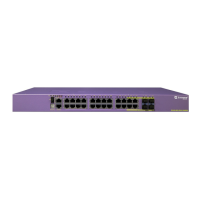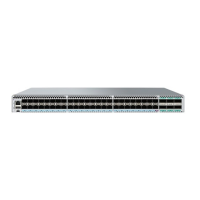S
UMMIT
S
WITCH
I
NSTALLATION
AND
U
SER
G
UIDE
7-1
7
Spanning Tree Protocol (STP)
Using the Spanning Tree Protocol (STP) functionality of the Summit makes your
network more fault tolerant.
The following sections explain more about STP and the STP features supported by the
switch.
STP is a part of the 802.1D bridge specification defined by the IEEE Computer
Society. To explain STP in terms used by the 802.1D specification, the Summit
will be referred to as a bridge.
O
VERVIEW
OF
THE
S
PANNING
T
REE
P
ROTOCOL
STP is a bridge-based mechanism for providing fault tolerance on networks. STP allows
you to implement parallel paths for network traffic, and ensure that
• Redundant paths are disabled when the main paths are operational.
• Redundant paths are enabled if the main path fails.
S
PANNING
T
REE
D
OMAINS
The Summit can be partitioned into multiple virtual bridges. Each virtual bridge can
run an independent Spanning Tree instance. Each Spanning Tree instance is called a
Spanning Tree Domain (STPD). Each STPD has its own Root Bridge and active path. Once
the STPD is created, one or more VLANs can be assigned to it.
Summit.bk : 7STP.FM Page 1 Thursday, June 18, 1998 9:27 AM

